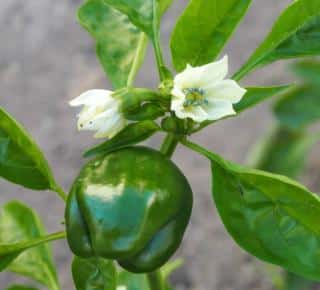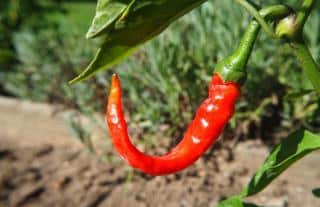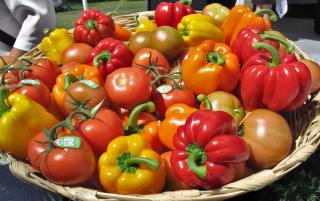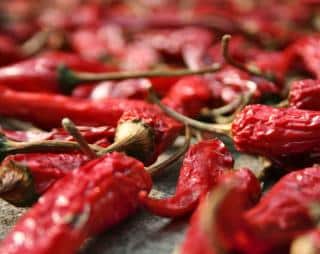

Bell pepper is an excellent easy to grow summer vegetable. Did you know that it’s the same plant as chili? They’re just different varieties!
Chili and bell pepper facts
Name – Capsicum anuum
Family – Solanaceae or nightshade
Type – vegetable, annual
Height – 20 to 32 inches (50 to 80 cm)
Exposure – full sun
Soil – rather light, rich and well drained
Harvest – 5 to 6 months after sowing.
Even though tropical and warm climates suit it best, it can still be found further north as long as a few precautions are taken to grow it.
Care from seed to harvest means accomplishing small tasks that will help you grow great green, red or yellow bell peppers.
 Mastering the seedling phase is the key, since bell pepper seedlings need a few weeks to grow large enough and be planted to the ground at the appropriate time.
Mastering the seedling phase is the key, since bell pepper seedlings need a few weeks to grow large enough and be planted to the ground at the appropriate time.
You must also wait for temperatures to exceed 68°F (20°C) during the daytime before you can plant them outdoors.
This can mean May in the South but it can translate to June in the North.
 In order for you to grow beautiful bell pepper and chili, it bodes well to enrich the soil all along the growing phase.
In order for you to grow beautiful bell pepper and chili, it bodes well to enrich the soil all along the growing phase.
Ideally, you can use fermented stinging nettle tea since it is a natural option, but there are a great many organic fertilizers designed for use with bell pepper and chili.
 Well sown and cared for, bell pepper will deliver its first harvests during the summer.
Well sown and cared for, bell pepper will deliver its first harvests during the summer.
Wait for the bell pepper or chili to have reached full maturity, ie, they have stopped growing any larger.
That is when you can harvest them green or wait for them to take on a yellow, orange or red color which will guarantee tastier fruits.
 Here are the steps to guarantee long-lasting chili supplies:
Here are the steps to guarantee long-lasting chili supplies:
Store in a dry place, in the dark.
Native to the tropical Americas, bell pepper or chili are typical summer fruits which are savored both raw and cooked, in a ratatouille for instance.
The only difference between bell pepper and chili is that they come from different varieties. The first is rather mild, whereas the second is hot and spicy.
But as plants, both are grown in exactly the same manner.
Read also: Bell pepper health benefits and therapeutic properties
Avoid getting the leaves wet when watering, this simple practice is the best possible protection against powdery mildew.